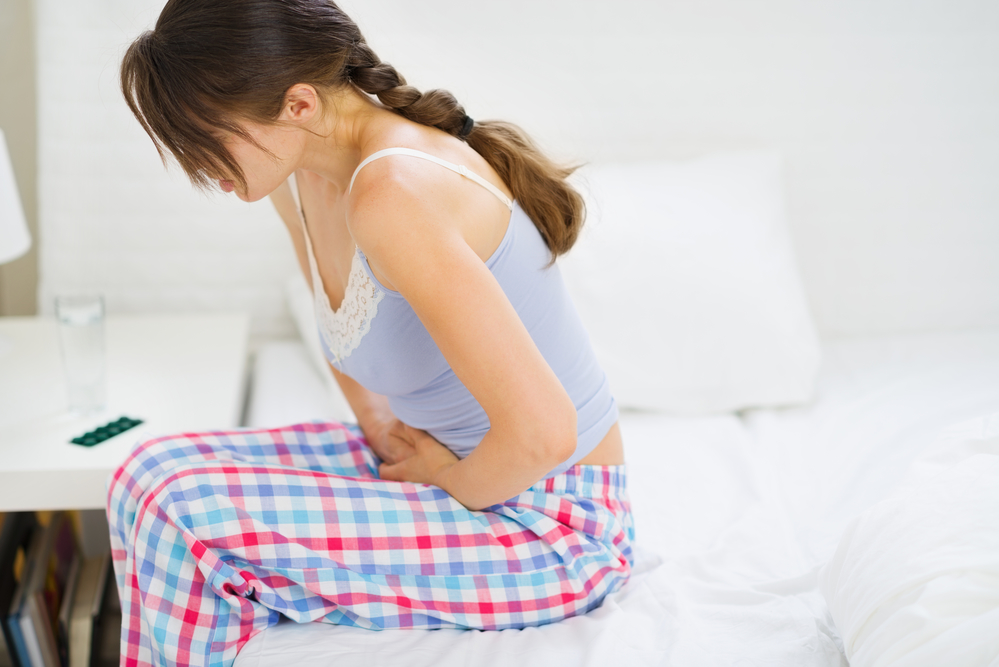Endometriosis is a common condition that affects an estimated 11% of reproductive-aged women. It occurs when tissue similar to the lining of the uterus is found in other areas of the body, such as the ovaries, fallopian tubes, and other organs. Symptoms of endometriosis can include pelvic pain, painful periods, and infertility. You can also browse the internet if you want to know more information about endometriosis treatments online.

Treating endometriosis can be challenging, but there are several options available. The first step is to schedule an appointment with a doctor to discuss the best course of action.
Hormonal treatments, such as birth control pills, can help control pain and reduce the risk of endometriosis. However, these treatments may not be suitable for everyone. Nonsteroidal anti-inflammatory drugs (NSAIDs) can also help reduce pain.
Surgery may be recommended if the pain is severe or other treatments are not effective. Laparoscopy is a minimally invasive procedure in which a surgeon uses a thin, lighted instrument to remove endometrial tissue from the organs.
Some women with endometriosis may benefit from complementary treatments such as exercise, relaxation techniques, and acupuncture. These treatments may help reduce pain and improve quality of life.
Living with endometriosis can be difficult, but there are treatments available. Working with a doctor or healthcare provider can help women find the right treatment plan for their individual needs. By exploring available options, women with endometriosis can improve their symptoms and manage their condition.